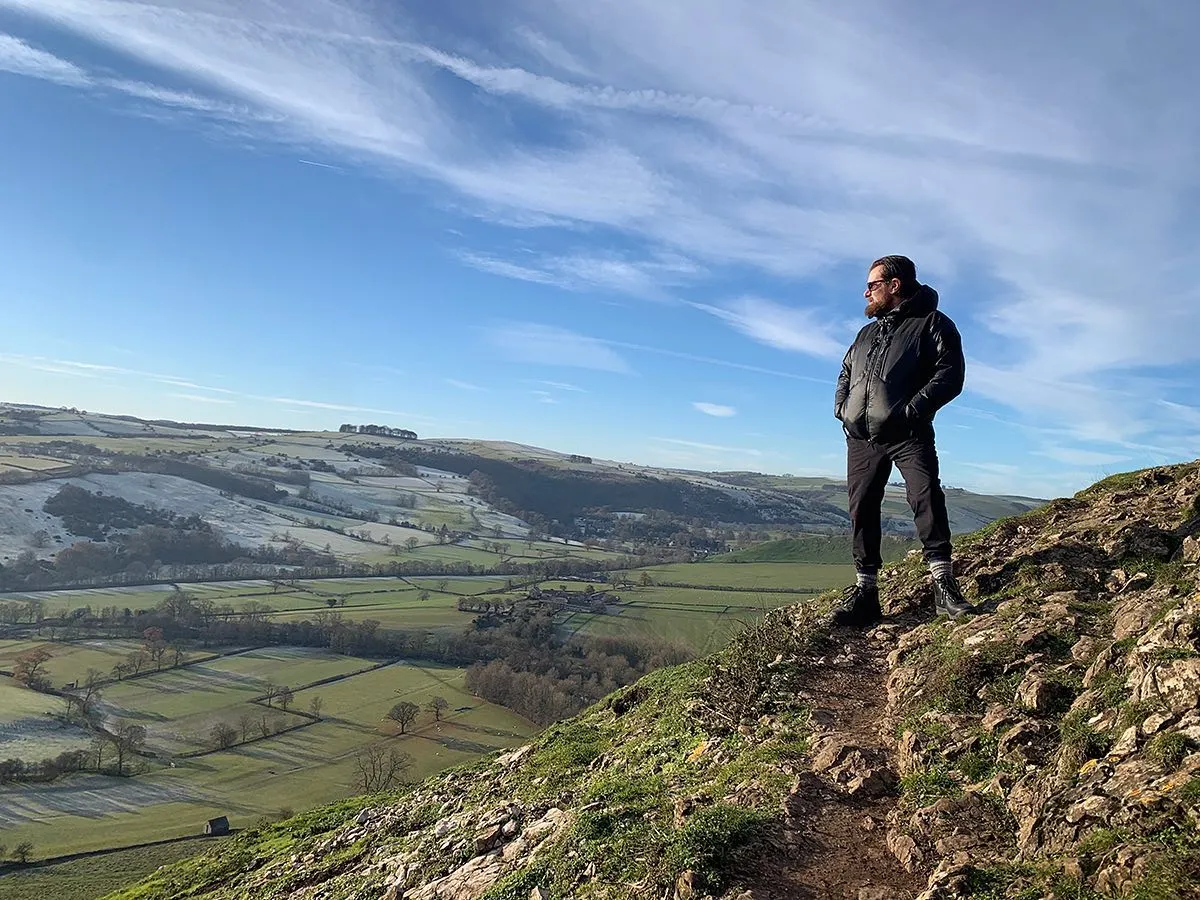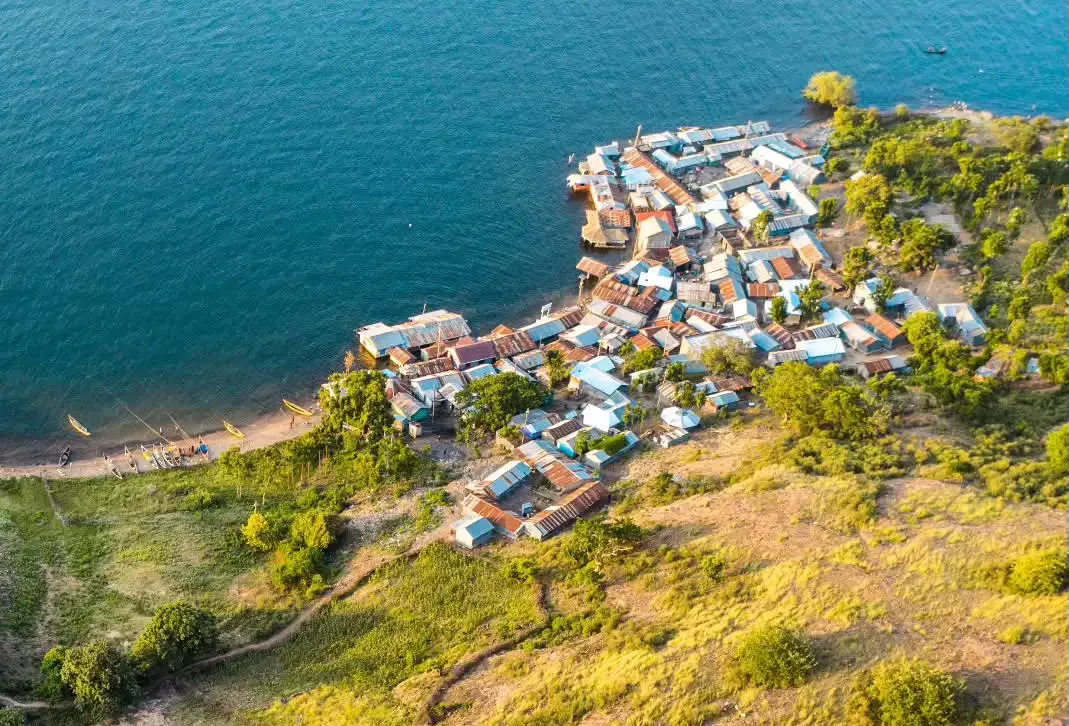The Olorgesailie Prehistoric Site is a significant archaeological location in the Kenyan Rift Valley, preserving a remarkable record of early human life.
The site is world-famous for its incredible density of stone tools, particularly Acheulean hand axes, which litter the ancient landscape.
The Historical Importance of Olorgesailie
Olorgesailie is a globally important site for studying human evolution. It provides a detailed record of life during the Middle Pleistocene era, a critical period in our ancestral history.
The site's primary significance comes from the vast number of preserved artifacts, which offer direct insight into the behavior of early hominins, most likely Homo erectus.
The research conducted here helps scientists understand tool manufacturing, hunting strategies, and the ancient environment.
The site was first discovered in the early 1940s by the renowned paleoanthropologists Louis and Mary Leakey.
Their excavations uncovered the dense fields of stone tools and animal fossils, establishing Olorgesailie as a key location on the map of human origins. Ongoing research continues to reveal more about the technological and cognitive development of our ancestors.
The Acheulean Hand Axes of Olorgesailie
The most famous artifacts at Olorgesailie are the Acheulean hand axes. A hand axe is a distinctive pear-shaped stone tool, flaked on both sides to create a sharp, functional edge.
These tools were multi-purpose implements, likely used for butchering large animals, digging for roots, and processing other materials. The technology represents a significant cognitive leap for early humans, requiring foresight and skill to produce.
The sheer quantity of these tools at Olorgesailie is exceptional. Excavations have revealed thousands of hand axes, often found in dense clusters alongside the fossilized bones of extinct animals.
This has led some researchers to refer to the site as a "factory of stone tools." The concentration suggests that hominins repeatedly returned to this location over thousands of years to manufacture and use their implements, likely drawn by the resources of a now-vanished lake.
Life and Environment for Early Humans
The environment at Olorgesailie during the Middle Pleistocene was very different from the semi-arid landscape seen today. The site was once the basin of a large, shallow lake that fluctuated in size.
This ancient lake created a lush, marshy ecosystem that supported a wide variety of life. The abundance of water and vegetation attracted numerous large animals, making it a rich hunting ground for early hominins.
Fossil evidence found alongside the stone tools reveals the presence of many now-extinct animal species. These include giant elephants, hippos, and an enormous species of baboon.
The discovery of hand axes intermingled with the butchered bones of these animals provides direct evidence that early humans were successfully hunting and processing these large animals for food. The lake was a critical resource that drew both predators and prey to a single, concentrated area.
Visiting the Olorgesailie Prehistoric Site Today
The site is managed by the National Museums of Kenya and has been developed to be accessible to the public. It provides a unique opportunity to see archaeological evidence in its original context. The main points of interest are well-preserved and presented through a series of on-site exhibits.
The Site Museum and Catwalks
Olorgesailie has a small on-site museum that provides background information on human evolution and the site's history. The main attractions are the excavations themselves. To protect the delicate artifacts, elevated catwalks have been built directly over the key excavation pits.
This allows visitors to look down upon the dense concentrations of hand axes and fossil bones exactly as they were found by archaeologists. The tools are left in situ, meaning they have not been moved from their original resting place for hundreds of thousands of years.
Location and How to Get There
Olorgesailie Prehistoric Site is located in Southern Kenya, off the main road that leads to Lake Magadi. The site is approximately 90 kilometers southwest of Nairobi. The journey involves a drive down the Great Rift Valley escarpment, which offers excellent views of the surrounding landscape. The road is paved, making the site accessible with a standard vehicle.
Opening Hours and Entry Fees
The site is open to the public daily, including weekends and public holidays, from 8:30 AM to 5:30 PM. As a national monument managed by the National Museums of Kenya (NMK), visitors must pay an entry fee.
Tickets are purchased on-site, and it is advisable to check the official NMK website for the most current information and accepted payment methods before visiting. The fee structure is as follows:
| Fee Category (KES) | Non-Resident (International) | East African Resident |
|---|---|---|
| Adult Fee | Ksh 600 | Ksh 400 |
| Child Fee | Ksh 300 | Ksh 250 |
The Evolution of Hominin Behavior at Olorgesailie
More recent archaeological discoveries at Olorgesailie show a significant change in hominin behavior over time. In layers dated to a more recent period, the large Acheulean hand axes disappear.
They are replaced by more advanced and varied tools from the Middle Stone Age (MSA). This technological transition marks a major development in the cognitive abilities of the hominins who inhabited the site.
The Middle Stone Age tools are smaller, more specialized, and show more complex manufacturing techniques. They include prepared cores, sharp points, and scrapers.
Some of these tools were made from obsidian, a black volcanic glass that is not found in the immediate Olorgesailie basin.
The presence of obsidian indicates that the later hominins were capable of traveling long distances to source specific raw materials, or that they were part of larger social networks involved in trade.
This shift from simple, locally-made hand axes to more sophisticated, transported toolkits represents a clear evolution in planning and social organization.
What to Expect on Your Visit
A visit to Olorgesailie is an educational and outdoor experience. The climate in the Rift Valley is typically hot, dry, and sunny year-round. It is essential for visitors to come prepared for the conditions.
You should bring a wide-brimmed hat, sunscreen, and carry an ample supply of drinking water to stay hydrated. Comfortable walking shoes are also necessary for moving between the different exhibits on the site.
The experience is centered around a guided tour. A local guide from the site will escort you to the various excavation pits, explaining the significance of the findings and answering questions.
A complete tour of the museum and the main catwalks over the archaeological sites typically takes between one and two hours. For those wishing to stay longer, the site also offers basic accommodation, including a campsite and simple guesthouses known as bandas.
Book a Trip to Olorgesailie Prehistoric Site
Include Olorgesailie Prehistoric Site in your personalized Kenya safari itinerary and create unforgettable memories.
Plan My SafariMore Attractions

Chania Falls (Aberdares)
Serene waterfalls cascading over rocky l...

Central Tower (Hell's Gate NP)
Impressive rock tower offering climbing...

Ol Njorowa Gorge (Hell's Gate NP)
Dramatic gorge carved by ancient water f...

Ngare Ndare Forest
Thrilling canopy walk and pristine blue...

Buyangu Hill (Kakamega Forest)
Panoramic viewpoint in Kakamega Rainfore...

Takawiri Island
Pristine white sand beaches on Lake Vict...